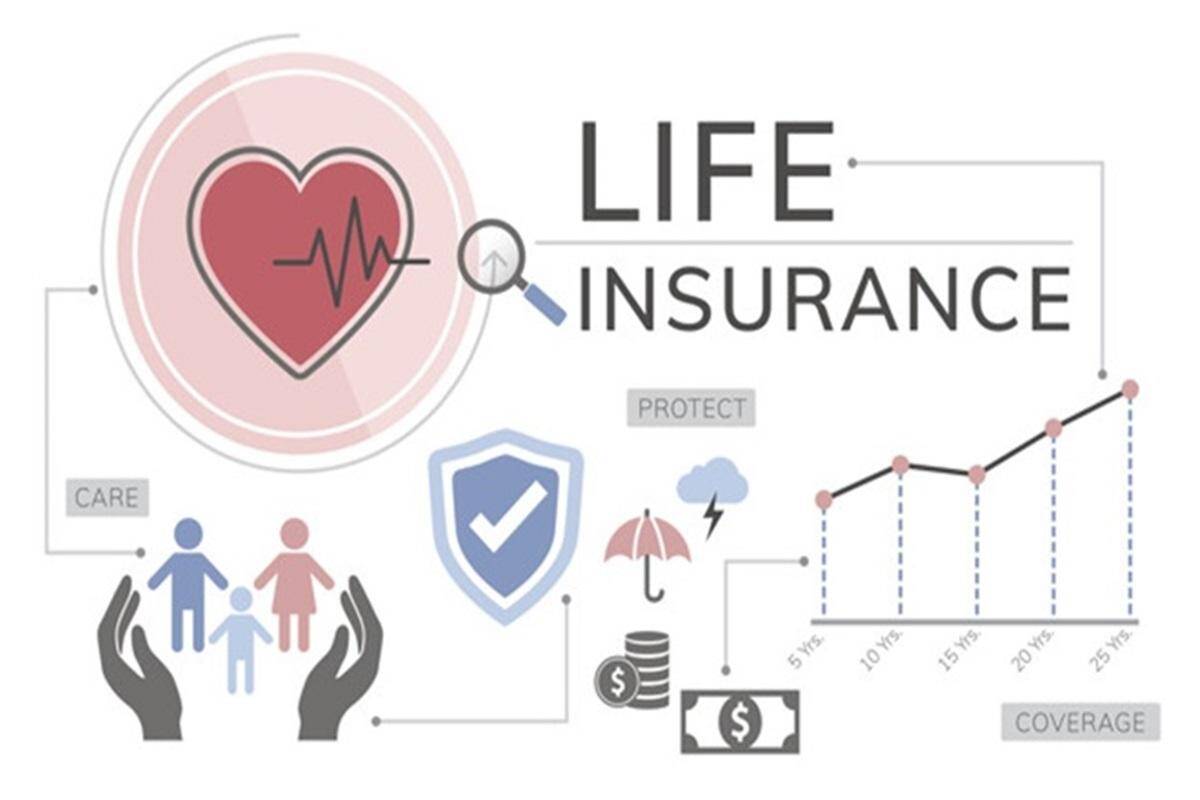When a policyholder and an insurer enters into a contract then it is then known as a life insurance contract. The main objective of a life insurance policy is to guarantee a decided sum of money to be given to the beneficiaries. The person named in the contract after the insured policyholders die. However, this is done when the policyholders pay the premium in exchange during their term of life. It is a completely legal abiding contract. There should be a flow of either a lump sum single premium paid or a regular installment premium over the period to make sure that the life insurance policy remains active.
A life insurance policy is the best financial support you can provide your loved ones after your death. If a person is the main earning source for his family then his death can leave his family in distress not just emotionally but financially too. The best alternative to avoid financial hardship is investments and one such investment is life insurance.

Different types of life insurance
Let’s talk about some of the various different types of life insurance which helps you to meet your requirements:
- TERM LIFE: This insurance policy lasts a specific number of years only. For example, 10 years, 20 years, 30 years, and so on. However, these are the most common terms adopted by the policyholders. This ensures policyholders the most effective long-term financial security and also manages to balance out at affordable costs.
- INCREASING TERM: Your premiums increase as your age increases.
- SINGLE PREMIUM: You only pay once and not in installments.
- PERMANENT: This is one of the most expensive ones. It goes on till the policyholder dies or wants to end it.
Benefits
This investment plan gives you a platform wherein you can take double the benefits of protection as well as investment. It ranges right from low risks to high risks according to the level of investment propositions and it also depends on the client’s risk profile. One more thing which people need to know is that an individual can incur a lot of benefits on tax under the Income Tax Act of 1961.

As we talked earlier about the fact that the time period coverage gives this insurance best for a positive duration. This is agreed upon entirely among the main policyholder and the said coverage company. While there is a majority of time period coverage carriers generally tend to now no longer go back the rates. On the extreme end of tenure then there are also a few who go back all of the rates paid with the aid of using the method of deducting any price and taxes. One of the most important factors is that the age of an applicant who needs to have a life insurance policy. This necessarily needs to be between the ages of 18 and 65 years. This is a mandatory rule which is adherently followed by every insurance company.

